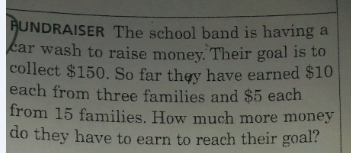I think that the concept of multiple intelligences is crucial to running a successful classroom. Howard Gardner is credited with coming up with the concept of multiple intelligences, although there is a lot of research by other people on different versions of the multiple intelligences. There are eight intelligences/abilities that Gardner identified: Musical, visual, verbal, logical, kinesthetic, interpersonal, intrapersonal, and naturalistic. By identifying different learning styles, Gardner created an opportunity for teachers to be able to reach all students, by identifying each different student’s strength. “According to Gardner’s analysis, only two intelligences—linguistic and logical mathematical—have been valued and tested for in modern secular schools” (Davis, Christodoulou, Seider & Gardner).
Another resource that I have found helpful and used when differentiating instruction for my students is All Kinds of Minds. I took a week long course on this in 2001; it was amazing! Part of the workshop involved practical application, which I found so useful and has helped me over the years in identifying and understanding about how different people learn differently. Although the styles are described differently, the concept and idea of different types of learners is the same. All kinds of minds focuses a little more on the ability each person has, and then teaching to their strengths, versus Gardner’s intelligences which implies that some people have different intelligences than others. All Kinds of Minds refers to eight constructs: Attention, higher order thinking, language, memory, neuromotor functions, social cognition, spatial ordering, temporal-sequential ordering. Although these all could fit into a category of Gardner’s intelligences, they are also another perspective on their own. The combination of the constructs and the multiple intelligences would lead to a very successful teacher and classroom.
References:
All kinds of minds: Learning framework. Retrieved from http://www.allkindsofminds.org/learning-framework
Davis, K., Christodoulou, J., Seider, S., & Gardner. H.The theory of multiple intelligences. Retrieved August 6, 2013 from http://howardgardner01.files.wordpress.com/2012/06/443-davis-christodoulou-seider-mi-article.pdf
